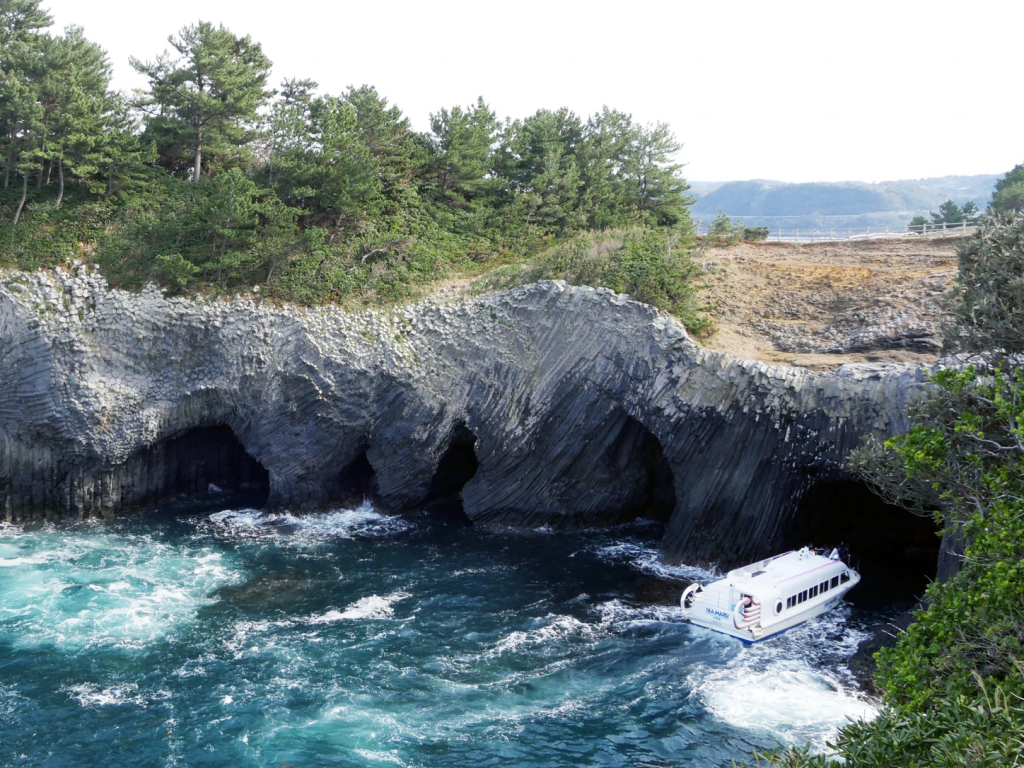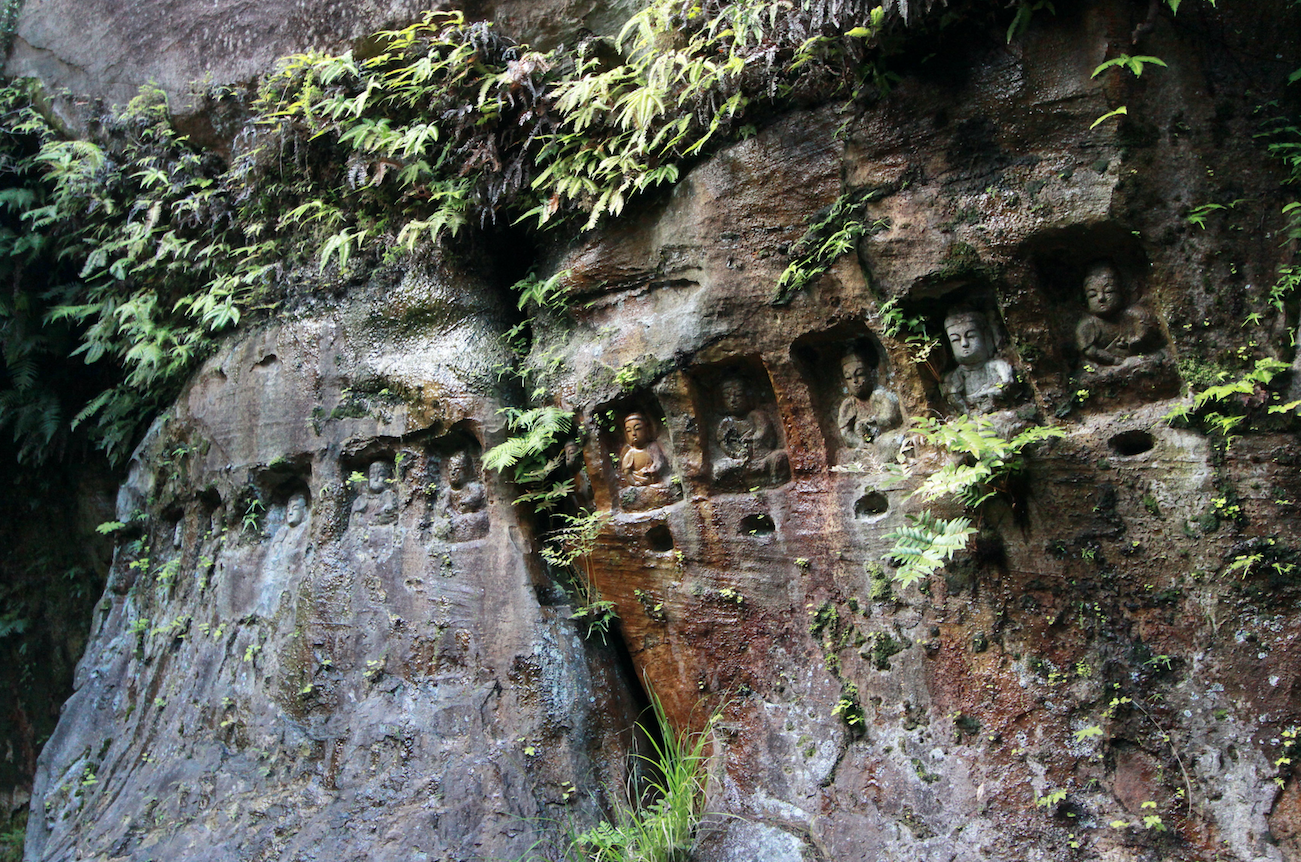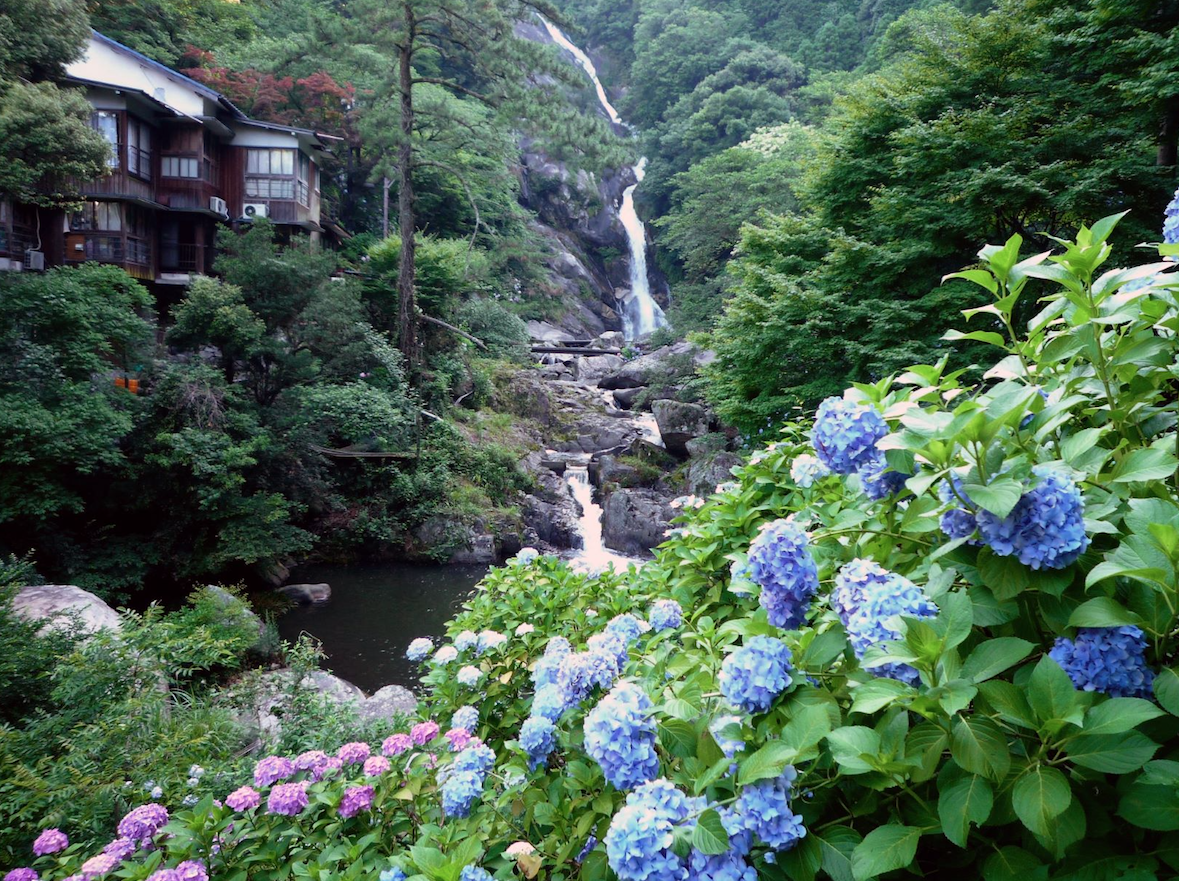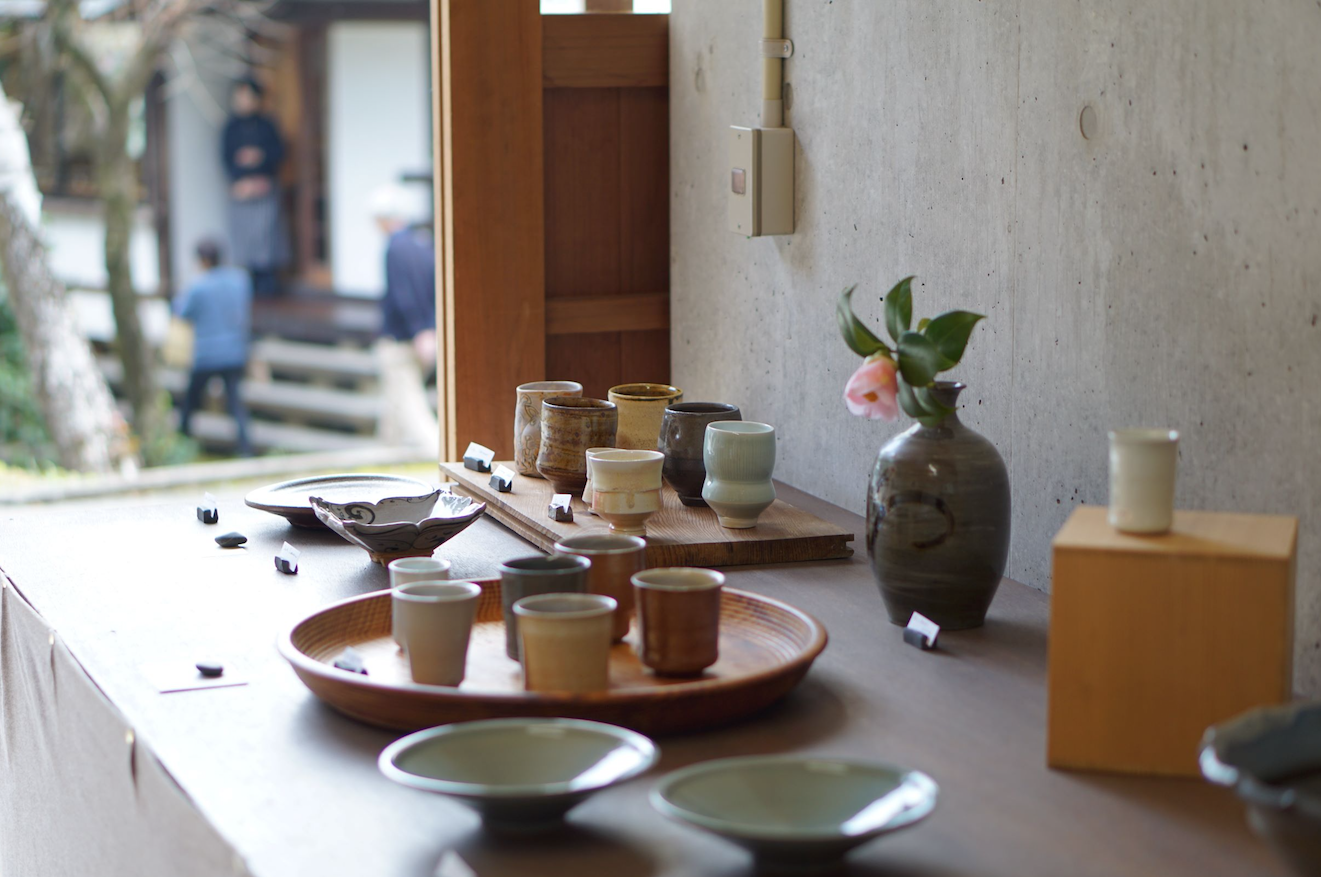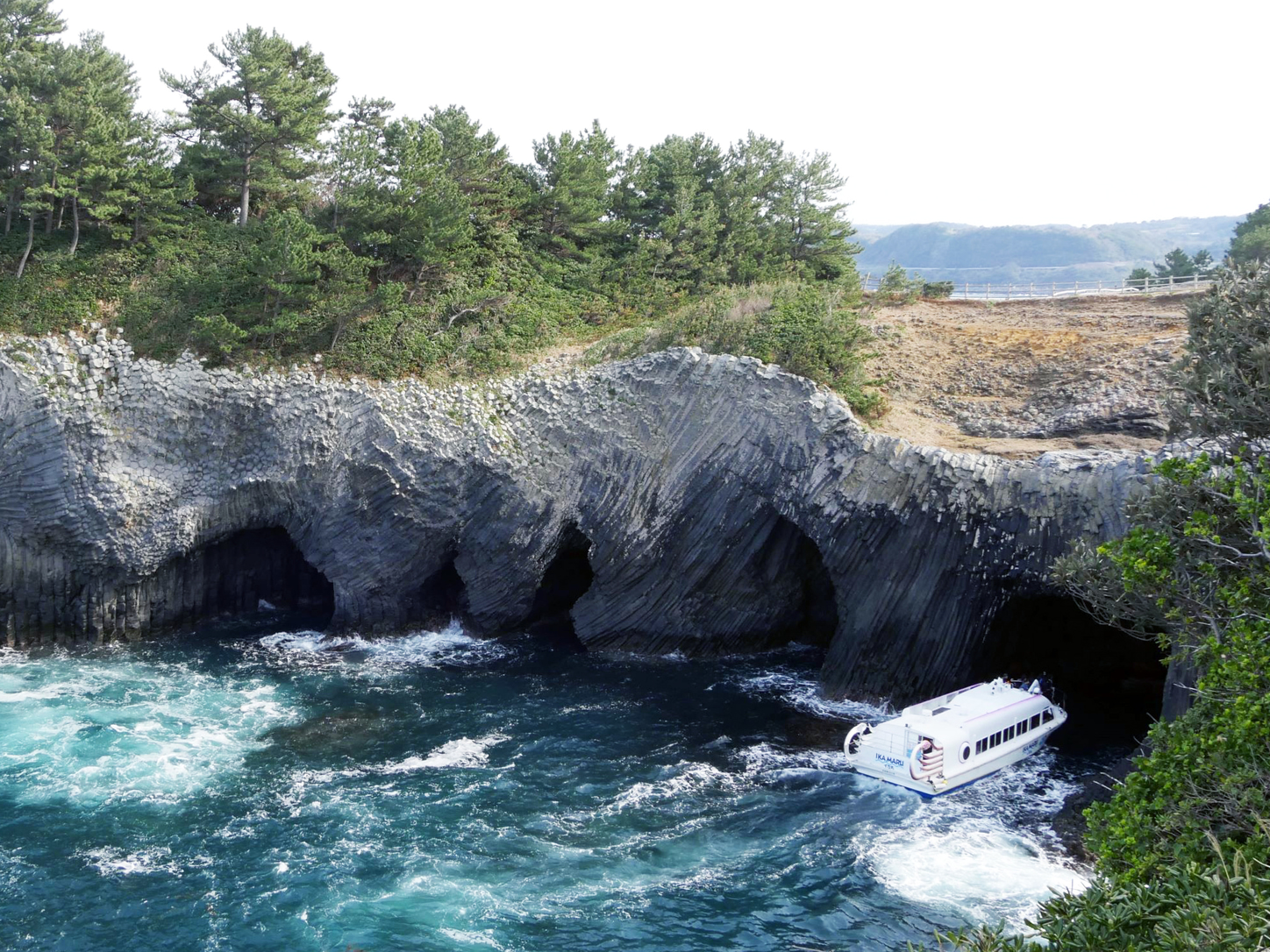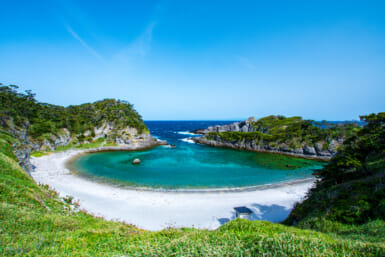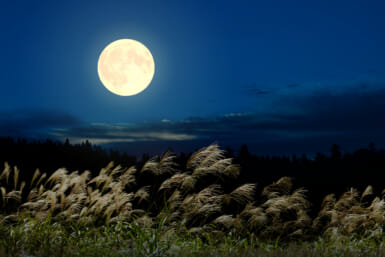The city of Karatsu is one of Kyushu’s best-kept secrets. Located in the northwestern part of the Japanese island, right by the Genkai Sea, Karatsu is a picturesque place rich in history, culture and delicious local cuisine. There are countless reasons why you should visit, but if we were to distill them to just the top six, they would probably include things like…
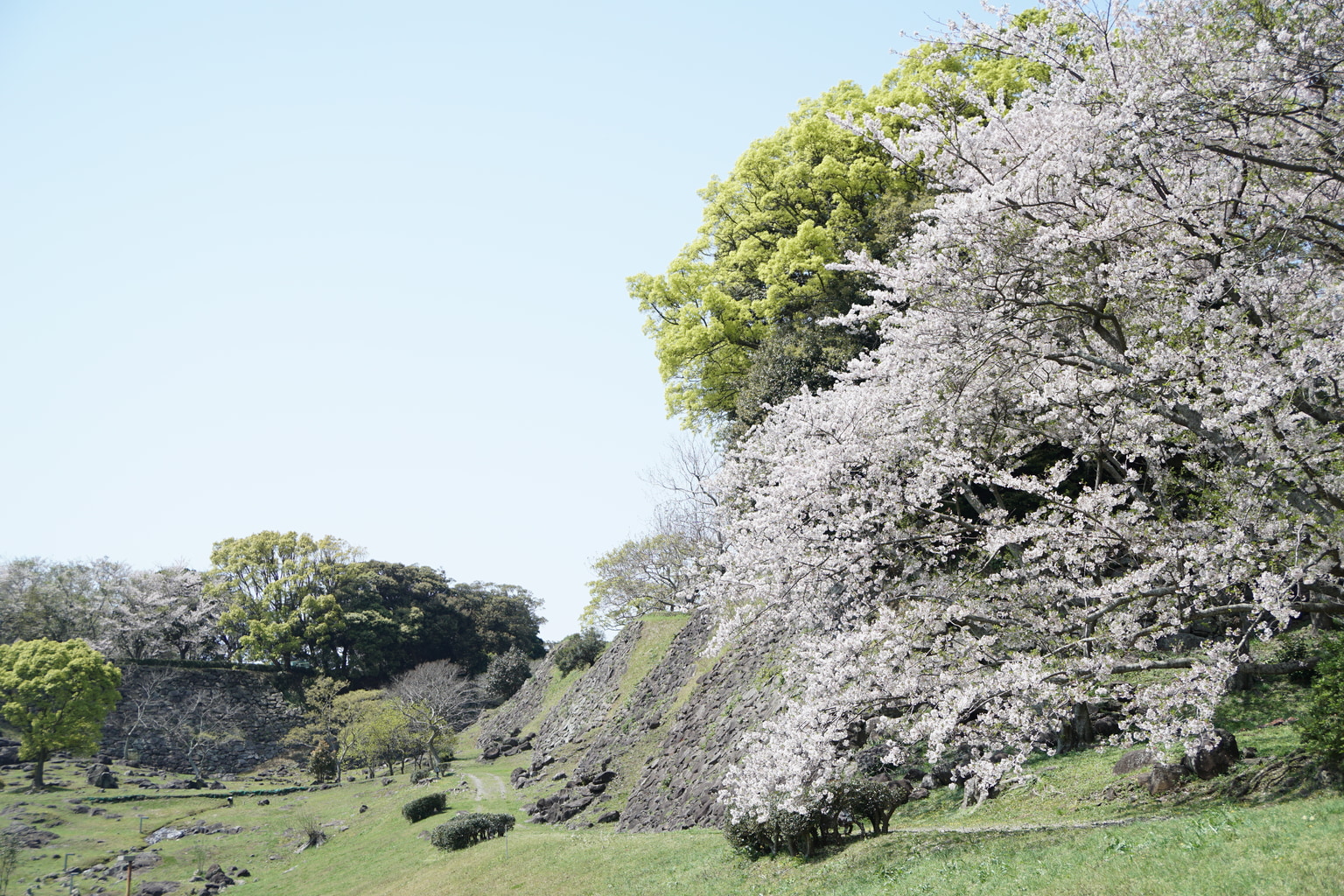
The Nagoya Castle Ruins
Not to be confused with the still-standing Nagoya Castle in Aichi Prefecture, Karatsu’s Nagoya Castle dates back to 1591 when it was reportedly built in a little more than eight months. Upon its completion, it was truly a monster fortification, taking up 170,000m² with its massive walls stretching for three kilometers and the entire encampment containing over 120 individual buildings. Nagoya Castle was really more of a medium-sized city than a castle, which, at its peak, used to house more than 100,000 people.
It was truly a site to behold.
Not only that, the castle is closely connected to a giant of Japanese history: the warlord Toyotomi Hideyoshi who used Nagoya as a base from which he launched his invasion of Korea in the late 16th century. That era was short-lived. Nagoya Castle was destroyed in 1598, the same year that Toyotomi died, and today only its foundations and parts of the stone fence remain. However, the ruins still manage to rank high on TripAdvisor and are especially beautiful during late March to early April when all the cherry trees planted there begin to bloom.
The History of the Japanese Silk Road
The origin of the name Karatsu is quite interesting. It comes from the old Japanese “Kara,” meaning either China or mainland Asia, and “Tsu,” meaning a port. This is not surprising considering how close Karatsu is to the Korean peninsula, with which Japanese merchants have been trading for centuries. It’s one of the reasons why the city is often called the entrance to the Silk Road, an allusion to the ancient network of trade routes that connected the East and the West. As such, the city simply breathes history, especially in the form of the magnificent Udono Sekibutsu: 60 carved images of Buddhas which date as far back as the ninth century. The first three were reportedly the work of Kukai, the famous founder of the Shingon school of Buddhism, upon his return to Japan from China.
The Beauty of Nature
In Ochi, Karatsu, you’ll find one of the most beautiful waterfalls in all of Japan: the Mikaeri no Taki falls of Ikisa River. Their name literally translates to “see and go back” because, according to local lore, once you climb up the steep trail to see the waterfalls and then head back, you’ll instantly feel like seeing them “just one more time” and climb right back up again. As if that weren’t enough of an attraction, around June the entire area comes alive with beautiful colors during the Hydrangea Festival when hundreds of thousands of flowers bloom all around the falls.
The Karatsu-Yaki Pottery
Thanks to the lively commerce between Japan and mainland Asia, Korean pottery techniques were introduced to Japan in the 16th century, kickstarting the country’s centuries-long love affair with the craft. The style that originated in northwestern Kyushu is called Karatsu-yaki or Karatsu-mono and, in the beginning, the simple yet beautiful ceramics were primarily produced as wares for everyday use. However, as the craft was perfected, Karatsu-yaki spread to Osaka and Kyoto where it was soon recognized as one of the top three styles for use in traditional tea ceremonies.
Today, there are 70 pottery kilns still operational in Karatsu and you can learn more about them and the craft during the Karatsu Yakimon pottery festival, held each year in May. You’ll be able to chat with potters, purchase their products and taste local food. In late autumn, you can take a tour of many famous Karatsu ceramics studios when they open their doors to the public during the Karatsu Pottery Tourism event.
The People Who Loved Karatsu
Over the years, Karatsu and the Genkai Sea have won the hearts of many, most notably the French free diver Jacques Mayol. The holder of several diving world records, Mayol used to spend his summer vacations in Karatsu where he reportedly saw his first dolphins in the waters around Nanatsugama. The experience influenced him to such a degree that he went on to study dolphins and write a book about the aquatic potential of the human race.
Karatsu is also the birthplace of Tatsuno Kingo, known as the father of modern Japanese architecture. Although Kingo accomplished plenty in his field, he is perhaps best known today for designing the Marunouchi side of Tokyo Station. The iconic structure was first completed in 1914 and since then has become one of the symbols of Japan’s capital, all thanks to a man from a beautiful city in the north of Kyushu.
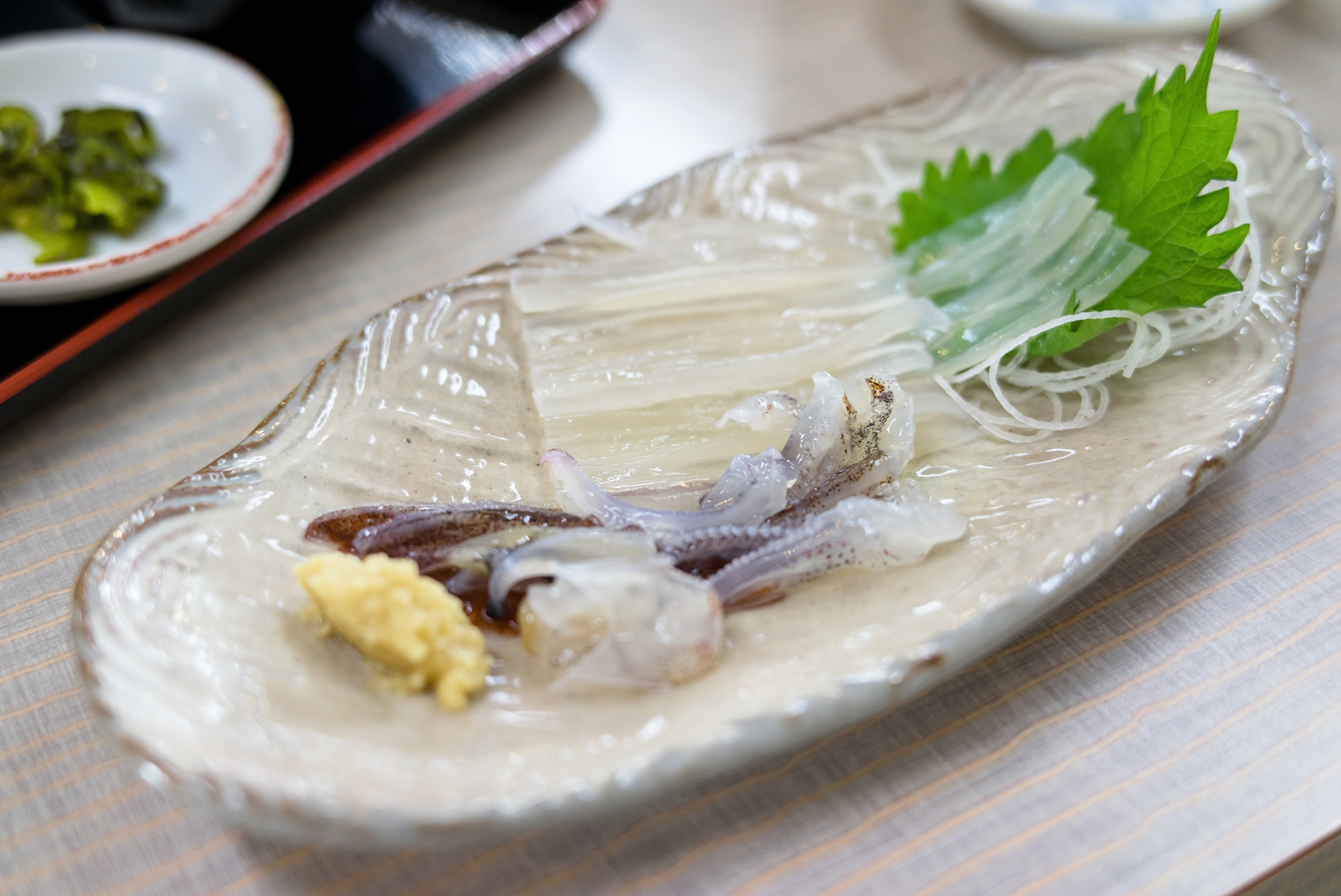
The Food
With Karatsu being a coastal city, seafood is naturally a big part of its cuisine. Squid is particularly popular, thanks mainly to the Yobuko species of squid found in the Genkai Sea. Firm but sweet, it is served in many different ways: raw, deep-fried, inside steamed dumplings, you name it. Karatsu has also recently made headlines due to its collaboration with Kyushu University to produce farmed mackerel (saba in Japanese), the local variety of which came to be known as Q-Saba.
However, the city can offer you much more than just seafood. There is, for example, Saga beef, which has become recognized as one of the country’s top wagyu, potentially giving the more famous Kobe beef a run for its money. There’s also no shortage of high-quality pork in Karatsu. Finally, there is the sake, the classic Japanese alcohol for which northern Kyushu is famed. There are currently two sake breweries in the city: Narutaki, which produces the popular Taiko sake used during festivals and religious celebrations, and Komatsu, known for their Manrei sake, which is loved by locals. If you get the chance, try drinking it out of a genuine Karatsu-yaki cup.
More info at www.karatsu-kankou.jp/en
Sponsored Post

